Samsung Galaxy Watch 6 vs. 5: Should you upgrade?
Aside from the return of the Classic, how much has actually changed? You might be surprised!
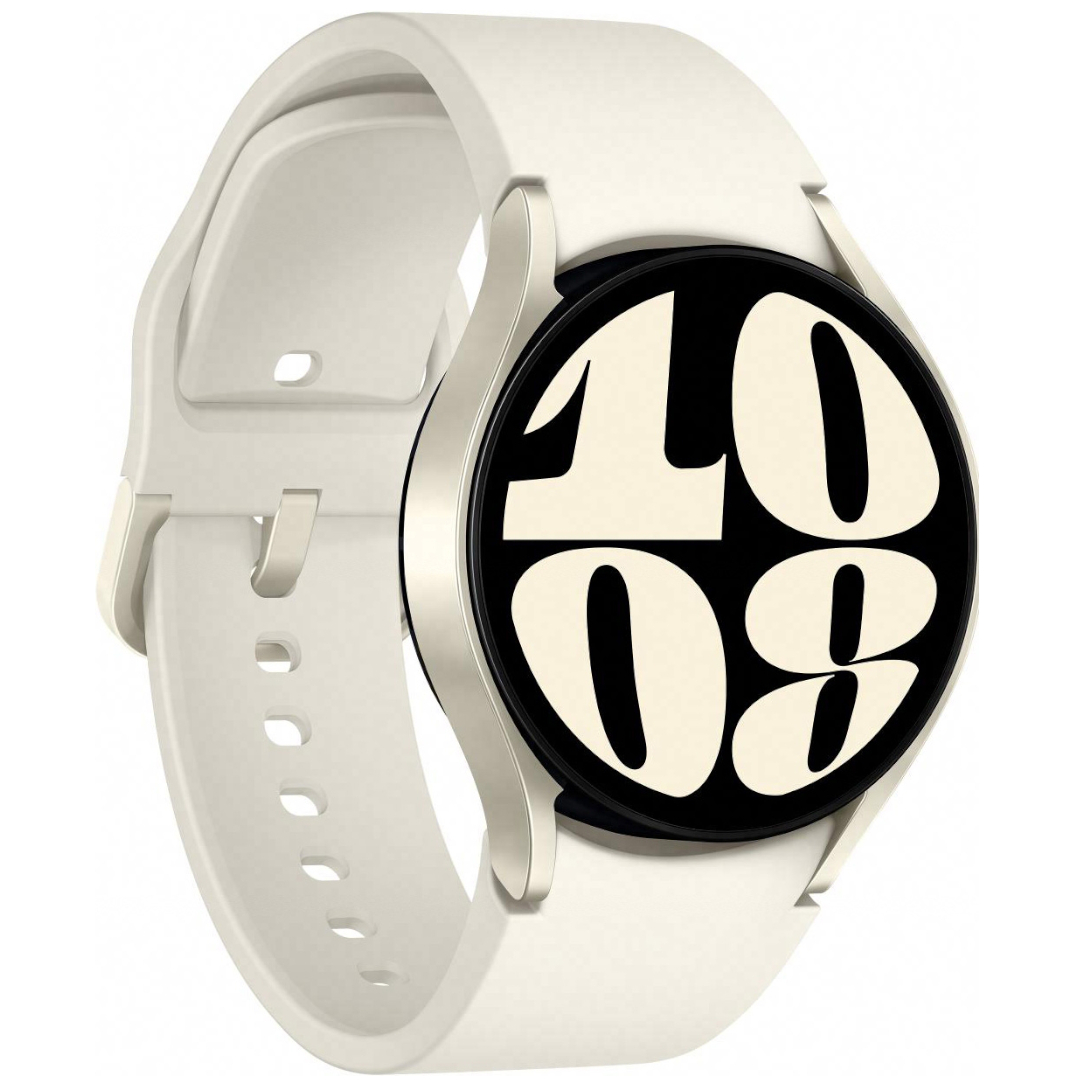
Do you prefer a physically rotating bezel, or can you make do with digital for a much lighter design? Samsung gave us this choice again after restricting its watches to digital last generation, and it's a welcome improvement. At the same time, the standard Galaxy Watch 6 has a new chipset, more memory, and much larger displays.
For
- Faster Exynos chip with more RAM
- Larger displays
- Thinner design
- Classic option for rotating bezel
Against
- Shorter battery life estimate
- No new sensors
- No storage upgrade
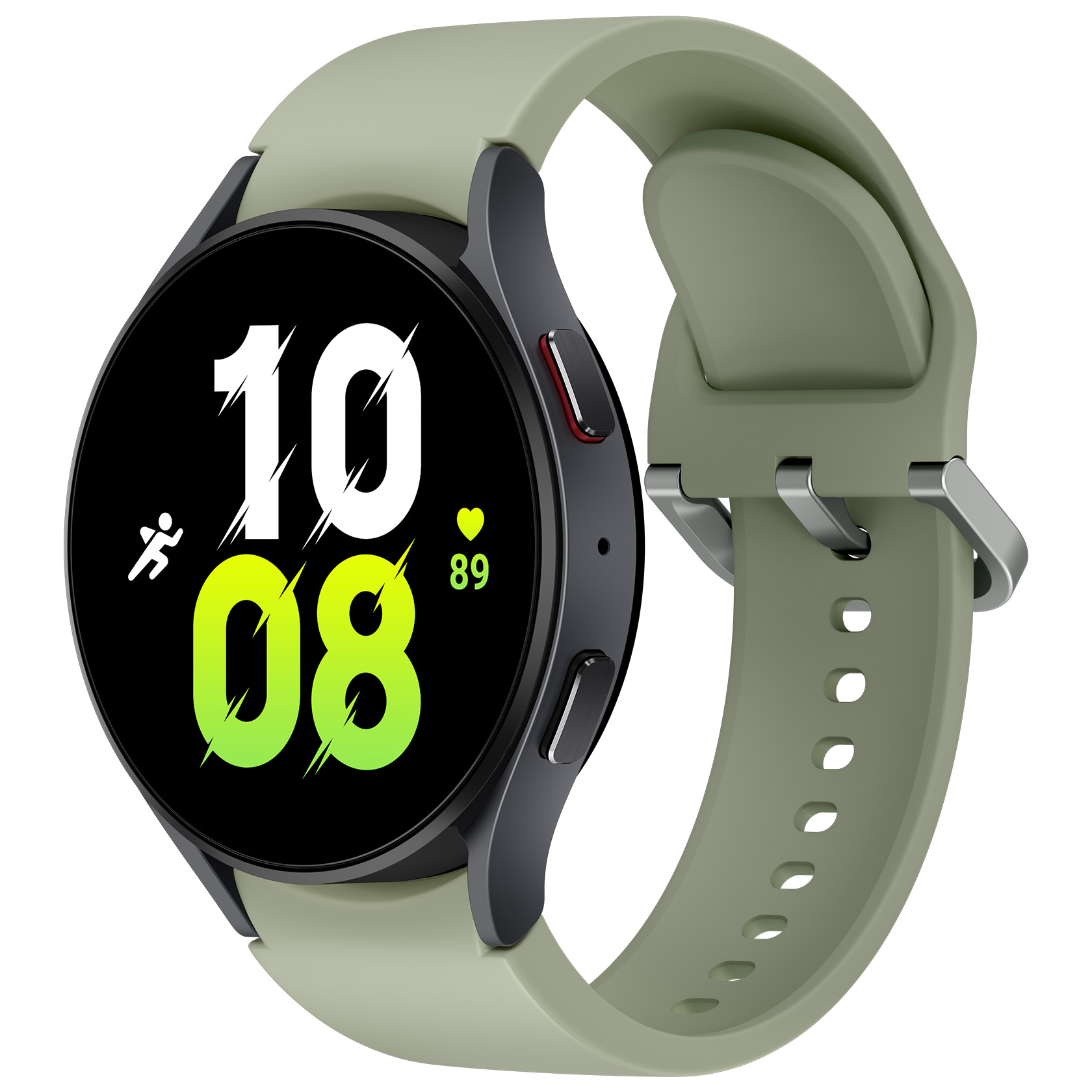
After holding the crown of best Android watch for a year, the Galaxy Watch 5 remains a reliable option and hasn't lost much of a step compared to the newer model. Its battery life is slightly longer, it matches the Watch 6 for health tracking and durability, and it'll receive the same new software tricks.
For
- Same health sensors
- Equally durable and waterproof
- Longer battery life estimate
- Same One UI software for years to come
Against
- Last-gen chipset with less RAM
- Smaller displays
- No rotating bezel option
The Samsung Galaxy Watch 6 and 6 Classic have arrived. The latter brings back the rotating bezel after Samsung abandoned it for the Galaxy Watch 5. But aside from this course correction, Samsung's 6th-generation watch (and 3rd-gen Wear OS watch) makes plenty of other changes.
At a glance, the Galaxy Watch 6 gives you larger displays, a new processor with a higher clock speed, faster memory, and larger batteries compared to the Galaxy Watch 5. But is that enough for GW5 owners, given that the 2022 watch held the crown for best Android watch since its release?
Below, we'll go into more depth about how the Galaxy Watch 6 vs. Galaxy Watch 5 compare to one another. We'll touch on some Galaxy Watch 6 Classic differences from the Galaxy Watch 5 Pro and Galaxy Watch 4 Classic, but mainly focus on the standard-sized Watch 6 and 5.
Samsung Galaxy Watch 6 vs. Galaxy Watch 5: What's the same?
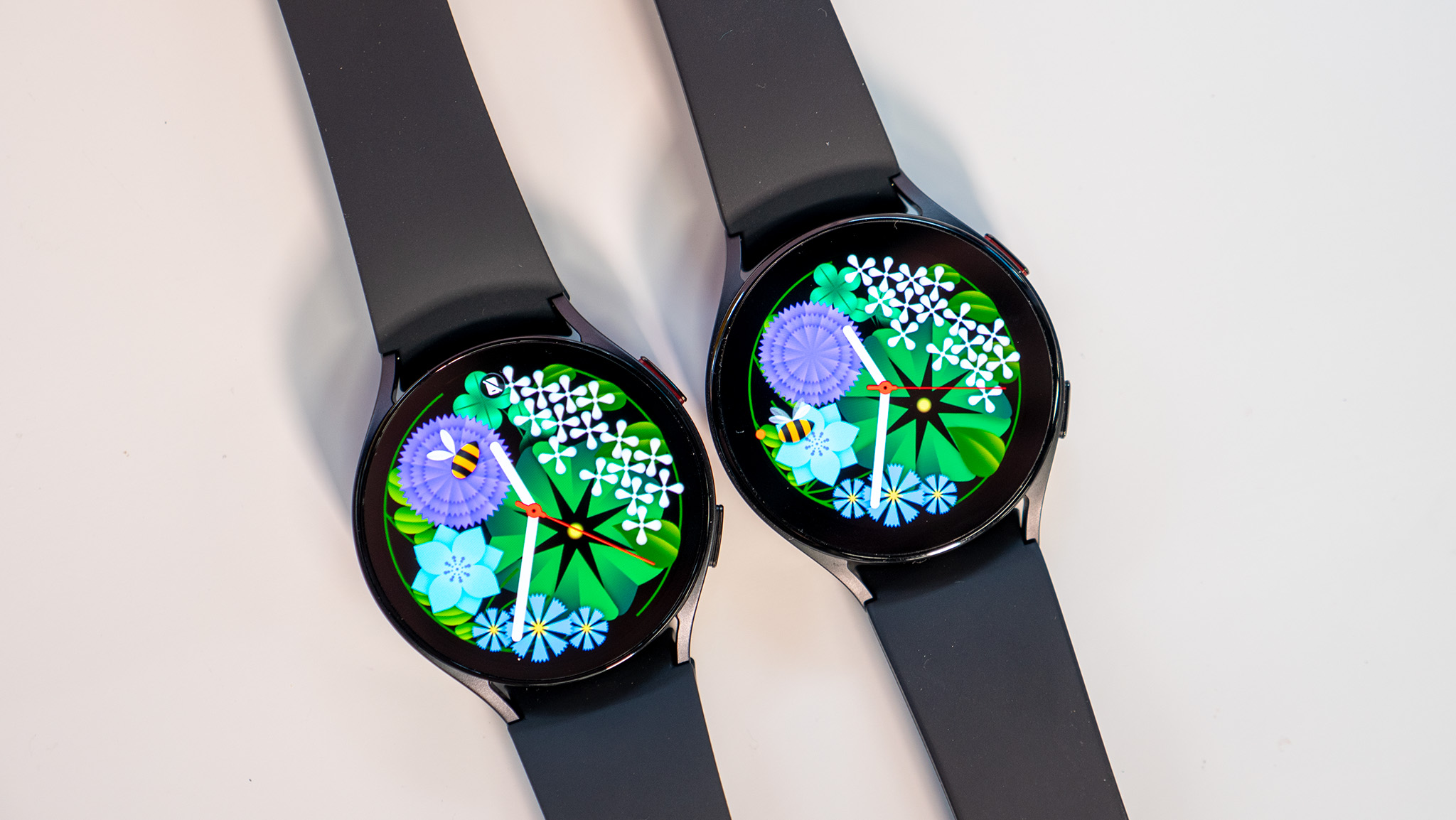
Although Samsung redesigned the Galaxy Watch 6 display and made slight changes to sizing, the crux of the design is the same: you get an Armor Aluminum case in two sizes (40mm and 44mm) and a waterproof design that withstands 50 meters of pressure for 10 minutes, or 1.5 meters for up to 30 minutes. Both the Galaxy Watch 6 and 5 pass the MIL-STD-810H test for durability, too.
Like the Galaxy Watch 5, the Galaxy Watch 6 supports Bluetooth, Wi-Fi 2.4 and 5GHz, NFC tap-to-pay, and the same four global satellite systems. Plus, you can pay extra to get an LTE model of either watch. The only connectivity difference between them is the jump from Bluetooth 5.2 to 5.3.
While the Galaxy Watch 4 added a BIA sensor and the Galaxy Watch 5 added a temperature sensor, the base Galaxy Watch 6 doesn't have a new snazzy sensor this year.
You can see the full list of shared sensors below, but the only difference is that the Galaxy Watch 6 Classic has a 3D hall sensor, which is used to register the rotating bezel's movements — the same as the Watch 4 Classic.
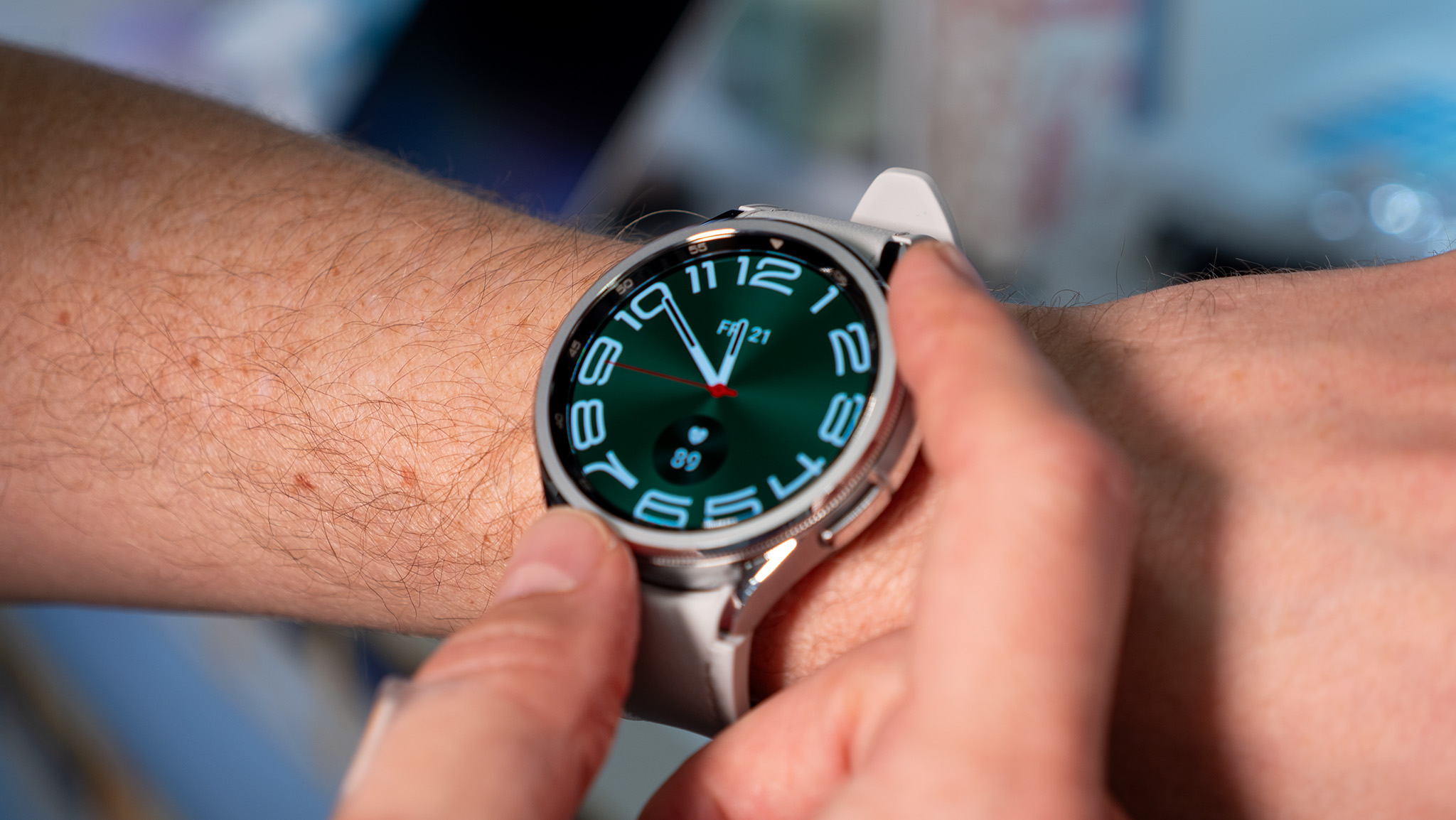
The Galaxy Watch 6 will launch with One UI 5 Watch based on Wear OS 4. While this new UI does have plenty of new features like revamped sleep tracking, personalized heart rate zones, improved find your phone through SmartThhings, and menstrual cycle tracking, the Galaxy Watch 5 will get nearly all of the same features.
Since the Galaxy Watch 5 is supposed to get four years of updates, you'll probably have to wait two or three more years before you see any significant software differences between them.
Rounding out the list, you get the same 16GB of storage for Wear OS apps, watch faces, and other data. Both watches use wireless charging with a proprietary charger; since Samsung didn't mention a speed upgrade, we assume the Galaxy Watch 6 will have the same 10W charging standard.
Samsung Galaxy Watch 6 vs. Galaxy Watch 5: What's different?
| Category | Samsung Galaxy Watch 6 | Samsung Galaxy Watch 6 Classic | Samsung Galaxy Watch 5 |
|---|---|---|---|
| Display | 1.3-inch (432x432), 1.5-inch (480x480) Super AMOLED | 1.3-inch (432x432), 1.5-inch (480x480) Super AMOLED | 1.19-inch (396x396), 1.36-inch (450x450, 330ppi) Super AMOLED |
| Processor | Samsung Exynos W930 (1.4GHz) | Samsung Exynos W930 (1.4GHz) | Samsung Exynos W920 (1.18GHz) |
| RAM | 2GB | 2GB | 1.5GB |
| Storage | 16GB | 16GB | 16GB |
| Battery | 300mAh / 425mAh | 300mAh / 425mAh | 284mAh / 410mAh |
| Wireless charging | Yes | Yes | Yes |
| Sensors | Samsung BioActive Sensor (Optical Heart Rate + Electrical Heart Signal + Bioelectrical Impedance Analysis), Temperature Sensor, Accelerometer, Barometer, Gyro Sensor, Geomagnetic Sensor, Light Sensor | Samsung BioActive Sensor (Optical Heart Rate + Electrical Heart Signal + Bioelectrical Impedance Analysis), Temperature Sensor, Accelerometer, Barometer, Gyro Sensor, Geomagnetic Sensor, Light Sensor, 3D Hall sensor | Samsung BioActive Sensor (Optical Heart Rate + Electrical Heart Signal + Bioelectrical Impedance Analysis), Temperature Sensor, Accelerometer, Barometer, Gyro Sensor, Geomagnetic Sensor, Light Sensor |
| Connectivity | LTE (optional), Bluetooth 5.3, Wi-Fi 2.4/5GHz, NFC, GPS/ GLONASS/ GALILEO/ Beidou | LTE (optional), Bluetooth 5.3, Wi-Fi 2.4/5GHz, NFC, GPS/ GLONASS/ GALILEO/ Beidou | LTE (optional), Bluetooth 5.2, Wi-Fi 2.4/5GHz, NFC, GPS/ GLONASS/ GALILEO/ Beidou |
| Durability | 5ATM, IP68, MIL-STD-810H | 5ATM, IP68, MIL-STD-810H | 5ATM, IP68, MIL-STD-810H |
| Materials | Aluminum, Sapphire Crystal Glass | Stainless Steel, Sapphire Crystal Glass | Aluminum, Sapphire Crystal Glass |
| Dimensions | 38.8 x 40.4 x 9.0 mm; 42.8 x 44.4 x 9.0 mm | 42.5 x 42.5 x 10.9 mm; 46.5 x 46.5 x 10.9 mm | 39.3 x 40.4 x 9.8 mm; 43.3 x 44.4 x 9.8 mm |
| Weight (w/out strap) | 28.7g; 33.3g | 52g; 59g | 29g; 32.8g |
| Colors | Graphite, Gold (40mm); Graphite, Silver (44mm) | Black, Silver (43mm, 47mm) | Boa Purple, Graphite, Pink Gold (40mm); Sapphire, Silver, Graphite (44mm) |
Starting with performance, the new Exynos W930 is a dual-core 5nm chip like its predecessor, but is clocked at 1.4GHz instead of 1.18GHz. And it's backed by 2GB of RAM, a 33% boost compared to the Galaxy Watch 5.
Perhaps the most obvious and significant difference relates to the display: Samsung says it shrunk the display border by 30%, which helps the Galaxy Watch 6 40mm and 44mm jump 0.11in and 0.14in compared to its Watch 5 counterparts while staying largely the same size.
Samsung says it made "updated watch faces to complement the larger screen," so we assume this means the Galaxy Watch 5 will be stuck with the older versions.
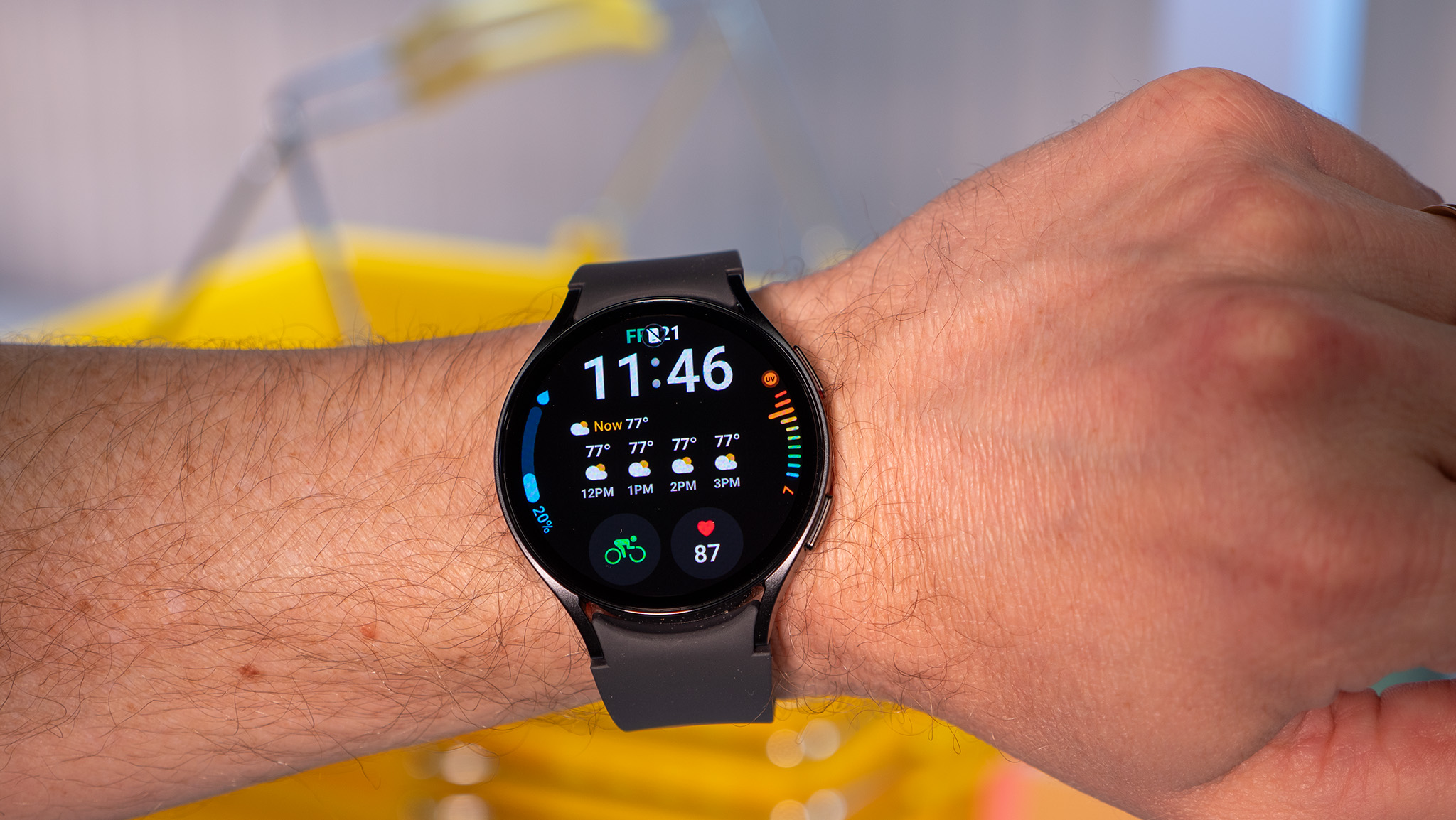
Technically, the Galaxy Watch 6 packs in a larger battery, giving you an extra 15–16mAh of capacity depending on the size. But in practice, the Galaxy Watch 6 battery estimate hits the same 40-hour estimate as the Galaxy Watch 4 — 10 hours less than Samsung's 50-hour claim for the Galaxy Watch 5.
We found that the Galaxy Watch 5 never actually lasted that long in our tests, but the main point here is that the Galaxy Watch 6 and Watch 6 Classic are still going to need daily charges when enabling features like AOD, always-listening Google Assistant, GPS tracking, music streaming, and so on. And because of the larger displays and faster processor guzzling more battery, the newest-gen Samsung watch has fallen back a step in this one area.
So if you want a longer battery life, you'll have to stick with the 80-hour Galaxy Watch 5 Pro instead.
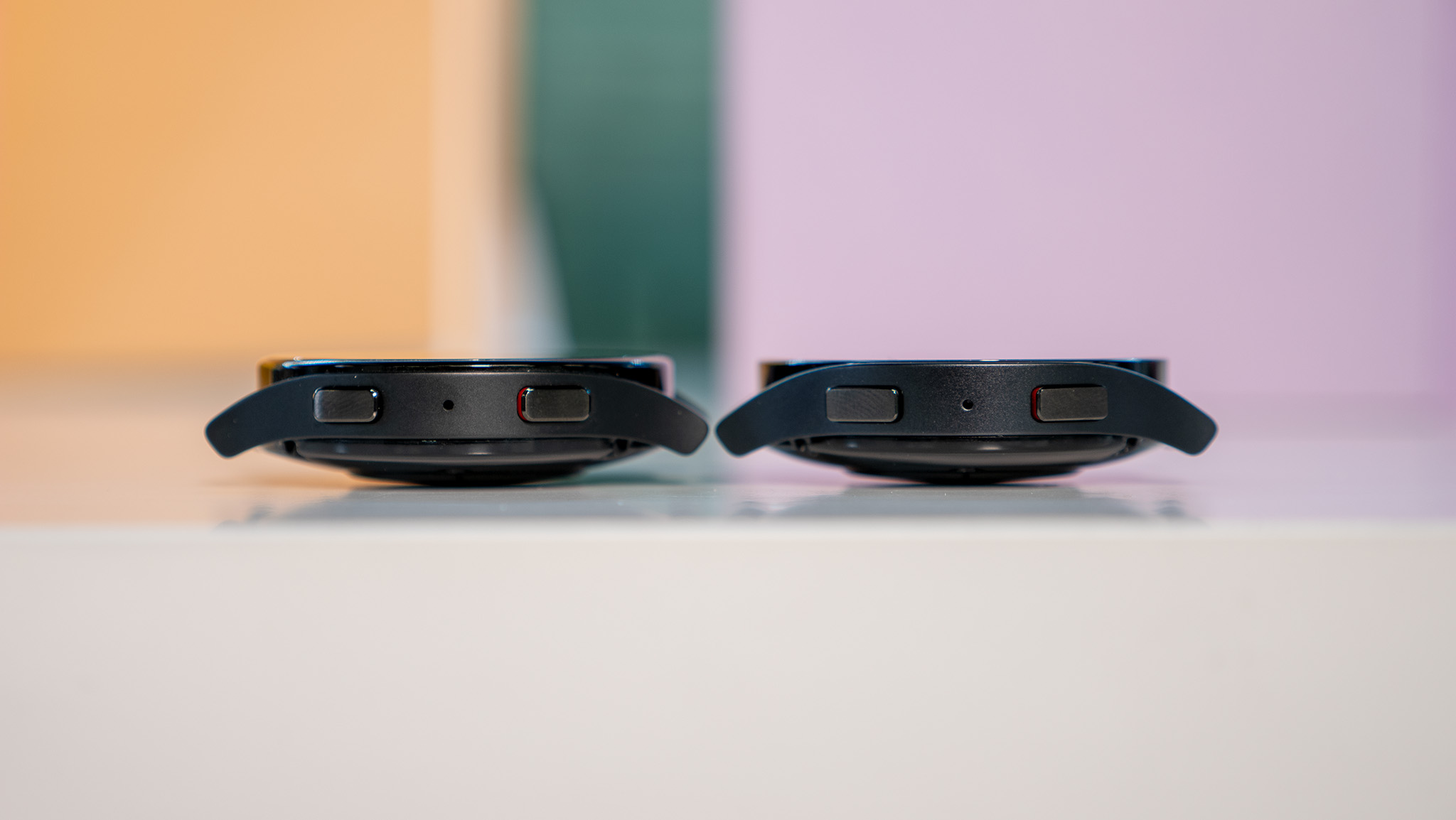
In terms of sizing, both Galaxy Watch 6 models match their Watch 5 counterparts in width and measure 0.5mm shorter in height, while still offering a significantly larger display.
Both Galaxy Watch 6 sizes are 0.8mm thinner than their predecessors. Samsung's thickness measurement is skewed for both because it doesn't take the health sensors into account. In reality, we measured the Galaxy Watch 6 at slightly above 12mm, while the Galaxy Watch 5 sits at 13mm. You'll appreciate that the newer watches don't sit so high off of your wrist.
The 40mm Galaxy Watch 6 is 0.3g lighter; the 44mm Watch 6 is 0.5g heavier. Either way, it's not a difference anyone would possibly notice, and your choice of watch band will matter much more for comfort.
As for the Galaxy Watch 6 Classic, both models are significantly larger and heavier than their Watch 4 Classic counterparts, despite the fact that the Watch 6 bezel is 15% smaller. They're even 0.4mm thicker and either 5g or 12g heavier than the Galaxy Watch 5 Pro — which our review called a bit too heavy and thick for comfort.
Samsung Galaxy Watch 6 vs. Galaxy Watch 5: Should you upgrade?
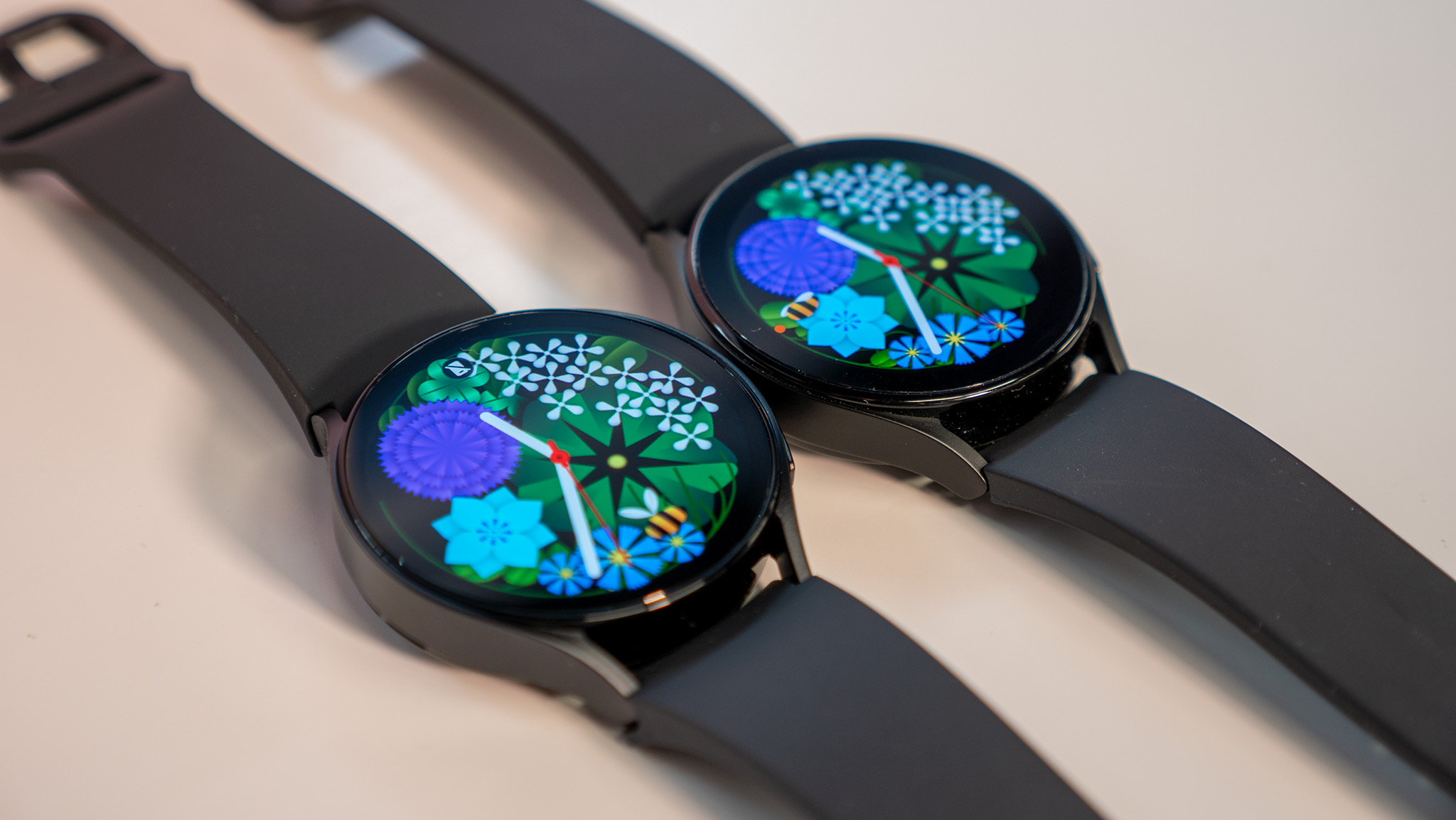
The Galaxy Watch 6 costs $20 more than the Watch 5 did at launch. You'll pay $300 for the 40mm model or $430 for the 44mm model. Upgrading to the Galaxy Watch 6 Classic costs $400 (43mm) or $430 (47mm), both of which are cheaper than the Galaxy Watch 5 Pro. You can check out our Galaxy Watch 6 deals guide for more info.
If you're weighing the Galaxy Watch 6 vs. Galaxy Watch 5 for a new purchase, the only solid reason to consider the last-gen model is if you find it at a good discount price. It'll still hold up as a reliable watch for the next few years despite falling behind the newer model in display quality and performance (and winning for battery life).
If you already own the Galaxy Watch 5 or 5 Pro, then consider if you're unsatisfied with your watch's current speed or display size. We don't think these watches have suddenly become obsolete in either area, even if the Watch 6 is better. The software will be the same, the fit only slightly different, and the battery life either comparable or slightly worse.
If you really want that rotating bezel, then you have a reason to go for the Galaxy Watch 6 Classic. We're not big fans of the Watch 5's digital bezel, and that should apply to the Watch 6, too; but the Watch 6 Classic will give you the tactile feeling of zooming precisely through watch widgets. Just keep in mind that despite its size, it'll last half the time of the Watch 5 Pro.
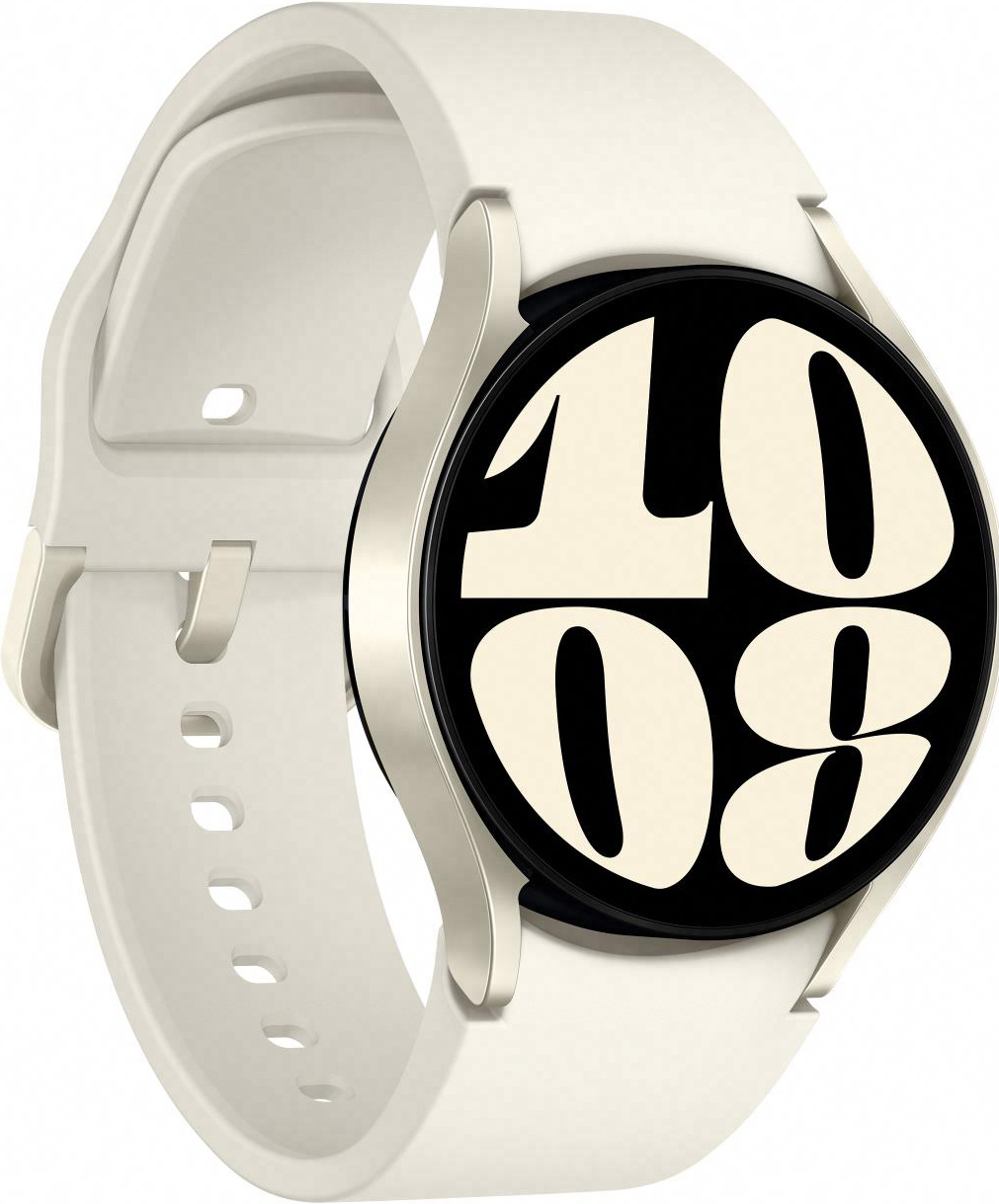
Choose the Galaxy Watch 6 for faster performance, one of the best size/ display ratio on an Android watch today, and a slightly thinner design; or choose the Watch 6 Classic for the rotating bezel. Skip it if you're already happy with your Galaxy Watch 5 and aren't interested in a heavy bezel.

Stick with the Galaxy Watch 5 if you're happy with your current watch; buy the Galaxy Watch 5 if you're hunting for deals and care more about battery life than blazing speeds. Upgrade if you want the best possible Wear OS experience.
Be an expert in 5 minutes
Get the latest news from Android Central, your trusted companion in the world of Android

Michael is Android Central's resident expert on wearables and fitness. Before joining Android Central, he freelanced for years at Techradar, Wareable, Windows Central, and Digital Trends. Channeling his love of running, he established himself as an expert on fitness watches, testing and reviewing models from Garmin, Fitbit, Samsung, Apple, COROS, Polar, Amazfit, Suunto, and more.
-
Rose4uKY So if my husband has the 5 Pro it's not worth upgrading even if he can the 6 classic for like 75 bucks for the 47mm. Also Rakuten went from 10% to 12% today. I am going to get the 6 maybe 40mm I have the 5 and it will cost me 60 something. But I think the 5 Pro said it's 44mm and the 6 Classic comes in 43 and 47 and the 47 may be too big I am not sure. Wonder if best Buy has both on display?Reply
